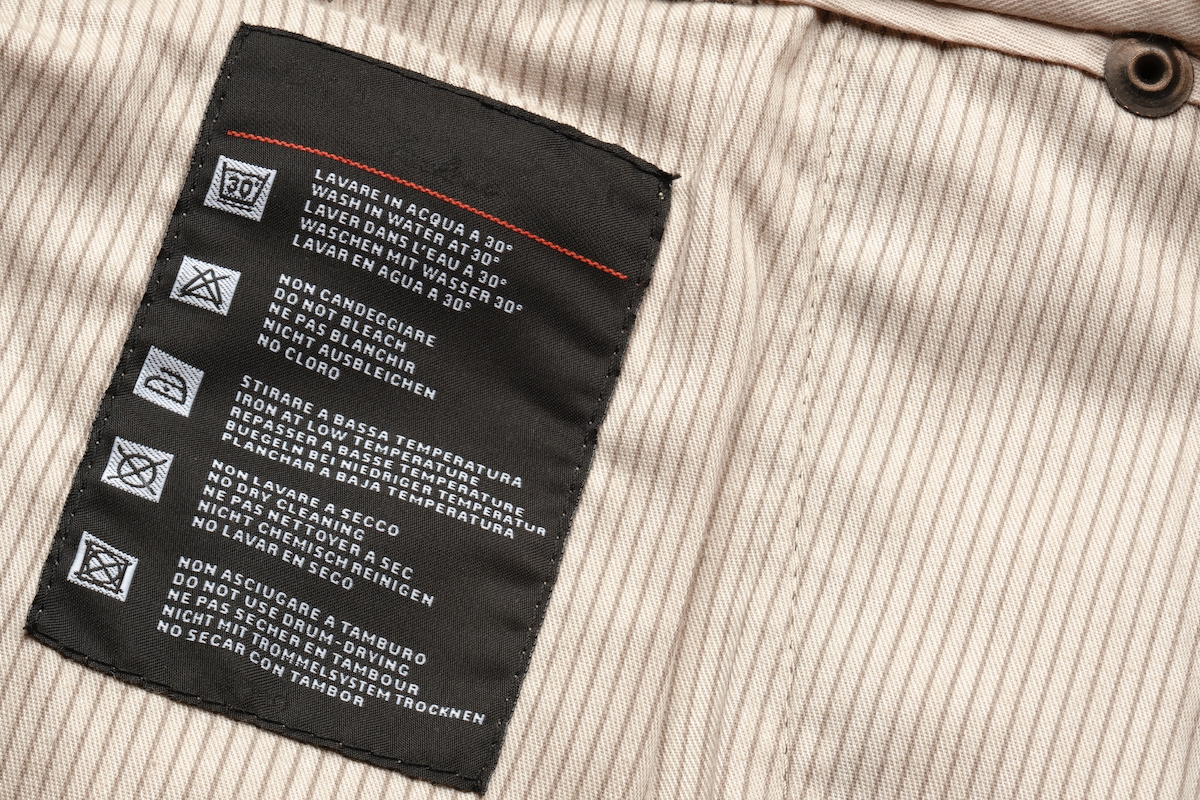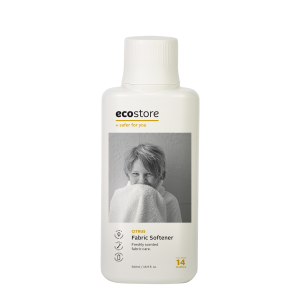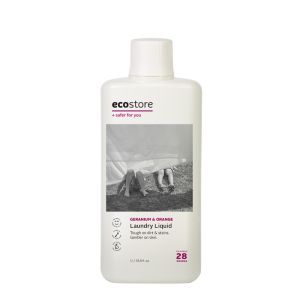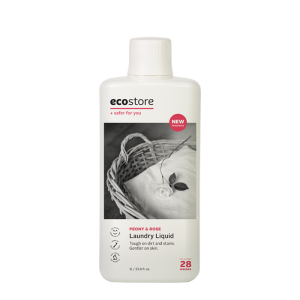
At the top of our list of things that make us go grrr, is spending money on a new piece of clothing, only to have it fall apart after a couple of wears. Whether you’re creating a capsule, investing in a statement piece, or just aiming for a more sustainable wardrobe, choosing the best quality you can is key. But how can you tell if a garment will go the distance?
This quality clothing checklist applies to second hand and opshop finds as well as new buys, although the stakes (the prices) tend to be lower. But while we can be slightly more forgiving of an opshop garment that’s not absolutely perfect, this is a good framework to make sure there are no tatty skeletons in your closet.
Tip: Shopping IRL is not only a great way to take a closer look at each garment, but you’re also spending money directly in your local economy.
A material difference
The first (and usually most obvious) thing to look at and touch is the fabric – this will tell you a lot.
- Check the fabric composition and care label (usually on a small tag attached to the side seam). Can (will) you care for it correctly? If its recommendations of handwashing, ironing or dry cleaning are too much of a chore, it’s not the piece for you.
- Is it made from natural fibres? Manmade fibres are often cheaper to produce.
- Does the grainline run straight? In a woven fabric – unless it’s bias cut – the threads should run horizontally and vertically. This will ensure it sits nicely on.
- Is it fit for function? E.g. A lightweight, non-stretch polyester does not make for trousers that last.
- Is the fabric a good weight, with a nice dense weave or knit?
Catch that stitch
Take a closer look at the stitching on the outside and inside of the garment. Pay particular attention to:
- Any loose threads – if you pulled them, would things come undone? In particular, look at any buttons and blind hems on trousers.
- Whether the seams are perfectly straight or a wee bit wonky.
- The length of the stitches. Short stitches usually denote better quality, as long stitches sew faster.
- Seam tightness: pull gently, does the seam open a little? This is also related to stitch length.
- Button holes: is the stitching tight, and are they straight and uniform?
- Any top or feature stitching: is it impeccably straight and even?
Finishing, schooled
The devil doesn’t only wear Prada, it’s also in the details.
- Do stripes and checks line up at the most visible seams? At the front of a jacket, for example.
- Are extras included? This could mean buttons, thread, or heel protectors on high heeled shoes.
- What about linings? These help maintain the structure of jackets, skirts, trousers, coats and dresses. And protect your skin from any potentially irritating fabric.
- Fastenings: Are the zippers covered (unless deliberately exposed as a feature) and do they lie flat? Is there a hook and eye at the top of zips on trousers or down the back of a dress?
- A longer than average hem allowance.
- French seams: where raw fabric edges are tucked inside, leaving a clean, polished, professional look and preventing fabric from unravelling, or irritating skin. This is often the mark of a top notch piece.
A virtual view
That’s all very well for in store purchases, we hear you say. But what about shopping online? This definitely makes life a bit trickier, but there are things you can do.
- Buy from a reputable retailer or seller, on a site that offers returns and/or refunds to protect you if the item is shoddily made, damaged or faulty.
- Check the price. You often do get what you pay for.
- Check reviews, of the store, the seller and the garment if possible– see what they say about its fabric, construction, fabric, and quality.
- Use the zoom function to get as close up to photos as possible.
- Don’t be afraid to ask questions. If you don’t get an answer, do you really want to spend your money there?
On track to a top quality wardrobe? Find out how to care for your clothes so they look after you for longer.




